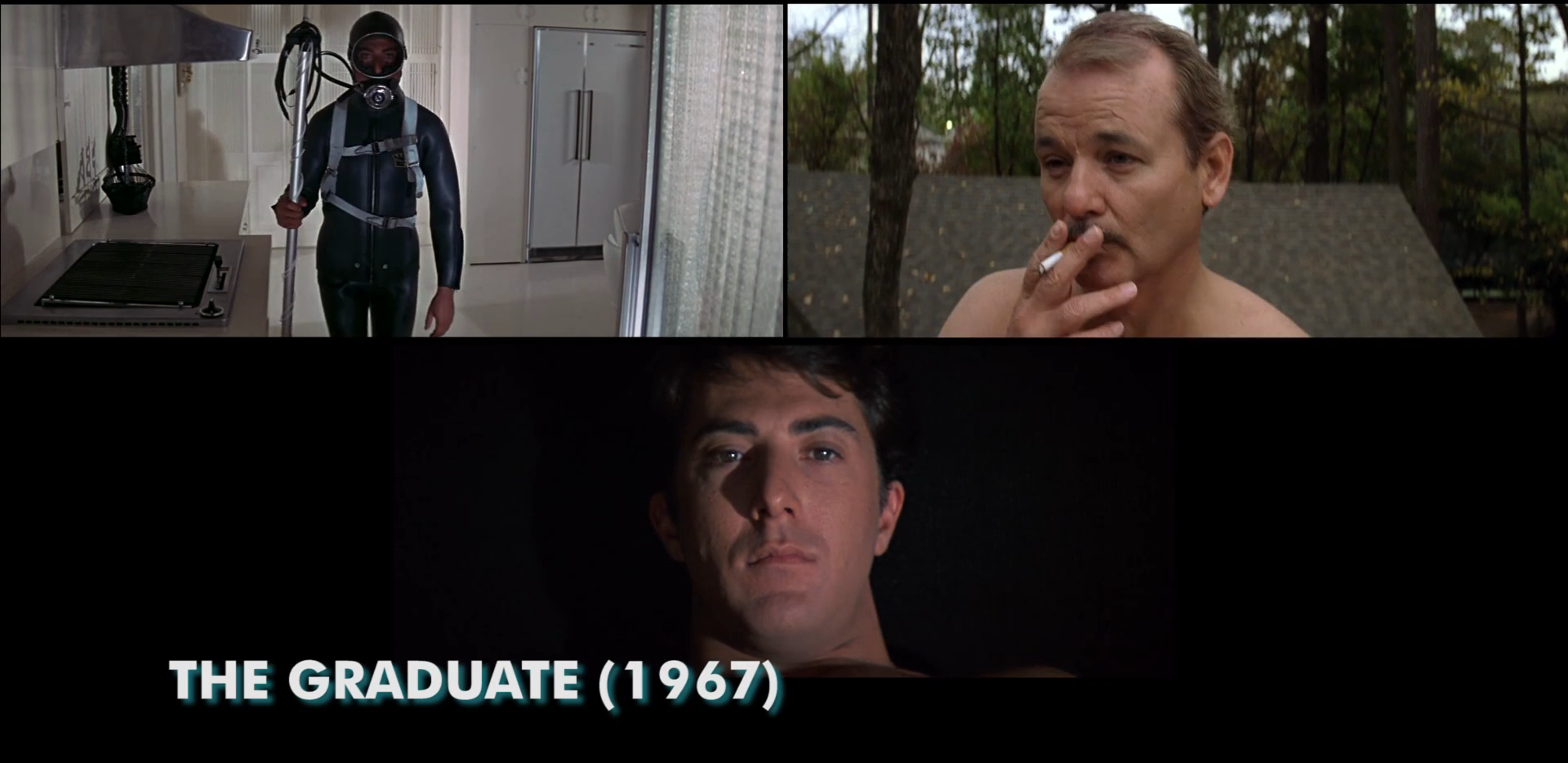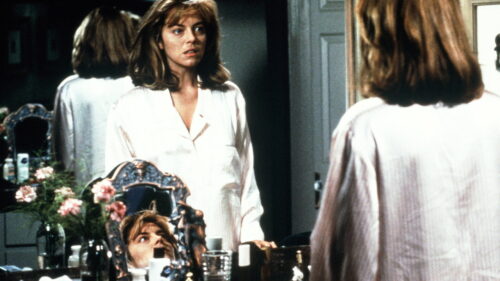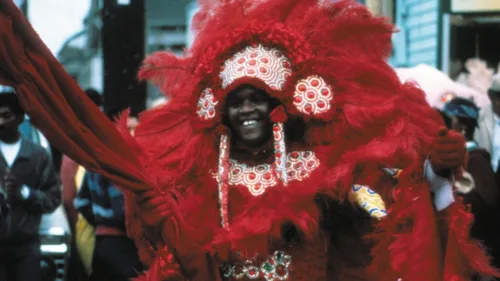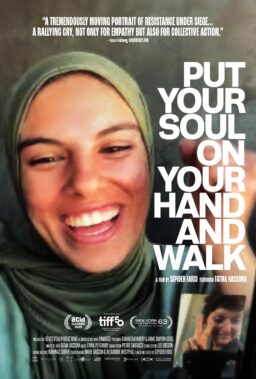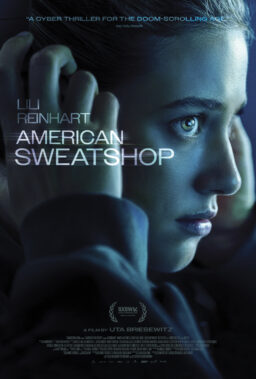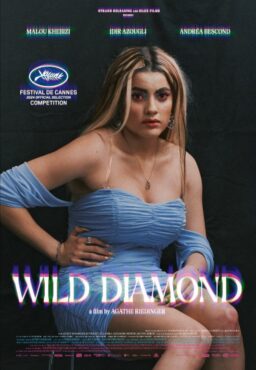The following is a video essay on “Rushmore,” drawn from my book “The Wes Anderson Collection.”
In the spirit of the book, which is all about the creative process, I’ve appended my original voice-over narration script for my collaborator, editor Steven Santos. If you watch the video and read the script, you can see how the finished video differs from how I’d originally envisioned it.
Steven:
Max’s
“Sic transit gloria” to Miss Cross needs to be in here somewhere, because it’s
the punchline of the whole video. Where? That’s up to you.
Over
the Touchstone Logo floating across the screen:
1. From the instant the Touchstone logo
floats across the screen, backed by Mark Mothersbaugh’s plucked-violin score, Rushmore
creates an aura of sly enchantment. There are few perfect movies. This is one
of them. Photographed by Robert Yeoman in anamorphic widescreen (the first Wes
Anderson picture shot in that
format), Rushmore is at once arch and
earnest, knowing and innocent.
OPENING
MUSIC CONTINUES OVER SILENT MONTAGE OF THE FOLLOWING ELEMENTS:
Split
screen of Charlie Brown carrying the tree in A Charlie Brown Christmas and Max carrying
the stubby little plant out of his house.
2. The nods to Bill Melendez’s Peanuts
cartoons.
Yearbook
images.
3. The captions in the yearbook montage.
Curtains,
three or four in a row, fast.
4. The curtains that make it seem like
you’re seeing a film directed by the movie’s hero, high school theater
impresario Max Fischer.
4A. Rushmore is jam-packed with this
kind of artifice, and it foregrounds most of it. Yet the whole thing feels unique,
and furiously alive.
Illustrate this next stretch however
you want – maybe using images or pages from the book and hyperactive Ken
Burnsing it?
5.
DELETED
6. Cowritten with Anderson’s former
University of Austin classmate and frequent leading man Owen Wilson, Rushmore
stars newcomer Jason Schwartzman as Max, a high schooler whose flaky
brilliance, casual narcissism, and deep yearning are very Andersonian. His
grades are the worst in school, but he’s the king of extracurricular activities
and the boss of the drama crew, which mounts elaborately staged rehashes of Max’s
— and Wilson, and Anderson’s — favorite movies.
Over appropriate images from the film:
7. You really get a sense of Anderson’s
style flowering here. Maturing. Becoming bolder, more defined. He was part of
the way there with Bottle Rocket. But Rushmore is the movie where his style
leaps out at you. The widescreen. The color-coordinated, rectilinear shots.
Over Aquarium groundbreaking tracking shot
8. We even see the first of his elaborate tracking shots, in
the aquarium groundbreaking sequence.
He would do a lot more of these later on. They grew more and more
elaborate.
CUT
FROM MAX’s SERPICO TO THE FILM VERSION. Maybe cross-cut between them so they
seem to be talking to each other? Is that possible?
9. At one point, Anderson even shows us
a bit of Max Fischer’s stage version of Sidney Lumet’s 1973 cop corruption
drama, Serpico. What kind of a high
school kid does that?
For
this next part, SPLIT SCREEN FROM 2 films mentioned, OR JUXTAPOSE STILLS FROM
BOOK OF 400 BLOWS and RUSHMORE – or a mix – whatever works.
10. The 400 Blows, the Francois
Truffaut film that made Wes Anderson want to become a director, gets several
shout-outs, notably in the classroom dream. Even if you know The 400 Blows pretty
well, it takes a minute to catch the reference, because of how he flips the
screen direction. He does this a lot when he’s referencing other films. It’s a subtle
way of paying tribute to a favorite shot or sequence, but not so obviously that
you get it right away.
11. Max is a parody of the super-competent,
rebellious, jerk heroes who defined Hollywood in eighties and nineties. They
were usually played by Robin Williams, Eddie Murphy or the young Bill Murray,
the older and sadder version of whom appears, of course, in Rushmore. [Clips from any movies you have that star
any of those guys]
12. Max is kind of a miniature version
of those guys. He’s just a kid. He doesn’t have any real power, except for the
power of persuasion—and even that seems limited.
13. Nobody takes Max as seriously as
Max takes himself. Every pipsqueak demand just confirms how little power he really
has.
Put
the “postgraduate year” exchange between Max and the headmaster here.
Then,
this next part should be a MONTAGE with music from the soundtrack, maybe some
Mark Mothersbaugh, with bits of dialogue or slapstick as punctuation, but
mostly kind of a music video. MONTAGE STARTS HERE….
14. Max’s mother died when he was young.
He writes all his plays on a typewriter that she gave him. It seems hilariously
right when the movie reveals that Max’s home is located next door to the
cemetery where his mother is buried. His whole life is a state of extended
mourning.
15. He distracts himself from it by
playing father AND mother to his airless little world. His fake-mature
posturing and mania for control make horribly perfect sense. Of course he’d
birth plays…. clubs .. even an aquarium … and order the Max Fischer Players around like unruly
offspring who live to serve a visionary dad.
16. And of course he would court a
young teacher, Rosemary Cross, who lost her fiancé husband, the ocean explorer Edward
Appleby. [CLOSEUP OF LIBRARY BOOK INSCRIPTION]
MONTAGE
CONTINUES but give us a couple of good lines between Max and Rosemary, maybe
their first conversation? Or maybe you could make a mini-montage within this
montage, of Max and Rosemary bantering, three sets of very brief exchanges.
17.
Deleted
18. In a way, Max stands in for the dynamic
young love that Rosemary lost. The book that Rosemary donated to [CE1] the
library leads Max straight to her. It’s as if Edward Appleby’s ghost were
playing matchmaker. At the same time, Max is the gifted son that Rosemary and
Edward Appleby never got to have
together.
MONTAGE
ENDS
19. Max and Rosemary’s thwarted
not-quite-love-story becomes a triangle when Max persuades the steel magnate Herman
Blume to fund an aquarium to impress Rosemary. Herman, whose wife is cuckolding
him with a younger man, falls for the teacher.
[Give
us a line or brief moment that shows us that Herman’s in love with her.]
THEN, over a section of the “Quick One
While He’s Away” montage:
20. His affair drives Max into a feud
with Herman that destroys the tycoon’s already wobbly marriage, and lands Max
in jail.
21. The casting of Bill Murray resonates
backward through film history because, as I talked about earlier, Max is a
geeky teen version of a certain kind of 80s and 90s hero. Rushmore’s masterstroke is how it takes the piss out of those
characters. It implies that the bravado that those 80s and 90s characters had
was probably a cover for fear and
depression – and that behind the cocky grins, guys like that are insecure, and tend
to end up like Herman when they get older.
In
this next sequence, start out with the birthday/pool sequence, then introduce a
split screen from The Graduate, and time
them so that the splashes hit at exactly the same time.
22. One of the most uncomfortable
sequences finds Herman sitting alone at his sons’ birthday party, drunk and sad,
and acting out. It’s a great example of two qualities that distinguish Wes
Anderson from a lot of other major American filmmakers. One is his ability to
pay tribute to a classic, earlier film, without being too obvious about it: in
this case, we’re talking about The Graduate, starring Dustin Hoffman, who
looked a little bit like Rushmore’s lead actor Jason Schwartman when he was
younger. The other is Wes’s empathy. This scene might be the flipside of that
haunting Simon and Garfunkel montage in The Graduate. It’s that sequence
re-imagined from the point of view of Mrs. Robinson’s cheated-on husband.
[SPLASH!
When Hoffman goes in the water, split-screen disappears and we’re only looking at
Bill Murray underwater.]
23. “A Quick One While He’s Away”, huh?
Illustrate
these next bits however you like:
24.
Deleted
25. We knew Max had potential for
growth from the second he tried to impress Rosemary by saving Rushmore’s Latin
program. Latin is a dead language; by bringing back Latin, Max is resurrecting
the dead. Over time, Max discovers his own goodness without quite realizing that
he’s doing it. He matures by learning to listen to his heart, instead of his
ego.
26. His generous impulses flower in the
second half. Battered and humiliated, he mellows without softening, correcting
and apologizing for his lies and using his art to reach out and heal rather
than continuing to glorify his own cleverness.
MONTAGE
of Max and friends planning the play and Max assembling his cast. Maybe over “Oh
Yoko” or something.
27. Staging the most ambitious play in
his new school’s history, a Vietnam epic, Max reaches out [CE2] to
a shy classmate, and age-appropriate love interest, Margaret Yang. He recruits
his old Rushmore tormentor, Magns, to play a plum supporting role.
Magnus
saying, “I always wanted to be in one of your fuckin’ plays.”
28. And then, he confirms his maturity,
and his generosity, by dedicating the production to two people: the woman who
meant everything to him, and a man he never met.
Max dedicating the play.
Then, over the final shot:
29. Rushmore’s
postplay final shot—a dreamy, slow-motion tribute to the pre-pageant dance in A Charlie Brown Christmas—finds all of
the film’s significant characters paired off in unexpected configurations,
dancing to the Faces’ “Ooh La La.” It’s an embracing, humble, joyous end to a
tale whose hero started out an alienated, selfish, angry person. It is as if
Max had remembered his opening come-on to Rosemary Cross and thought about what
it actually meant: “Sic transit gloria.
Glory fades.”
[CE1]“to”?
[CE2]Rep
OK?

